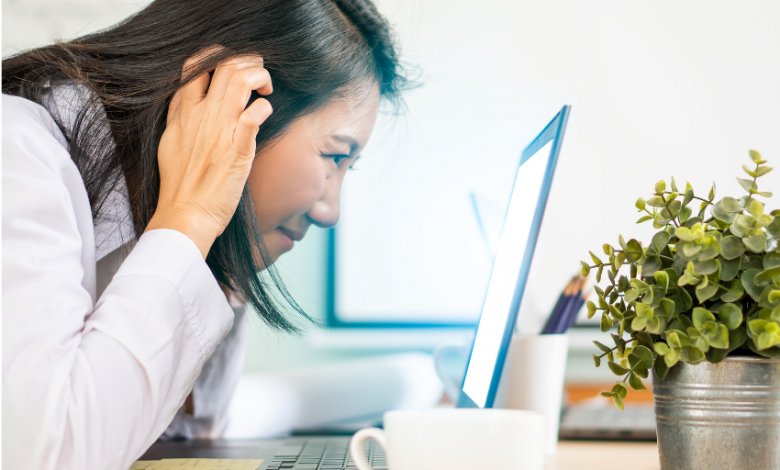Mitigating Blue Light Exposure for Students with Safer Screen Options


By Epson
In this day and age of rapid digitalisation, technology has become an important component of every learner’s educational experience. This was especially evident with the emergence of COVID-19, which accelerated digitalisation even further, particularly in the education industry. Today, advanced digital audio-visual resources are being used as a new interactive method of teaching to offer students a more engaging and enriching learning experience in order to keep up with developing teaching methods.
A survey conducted by Parents Together, a family leave and education advocacy group, found that kids were spending more than six hours each day online during quarantine, a nearly 500% increase from before the pandemic (1). As blended learning is expected to continue in 2022, authorities are also calling for education institutions to incorporate technology into classroom lessons to adapt to the new learning paradigm (2). However, the increased use of technology and digital screen time at home and school may lead to negative health consequences that must be addressed.
Blue Light Exposure Time
A study by Epson showed that students spent more than 7 hours on blue light-emitting devices such as televisions, mobile phones, laptops and digital displays at school each day (3). Blue light exposure during school hours may disrupt students’ sleeping patterns and lead to serious sleep disorders (4).
According to medical specialists, blue light exposure is one of the leading causes of digital eye strain—a medical condition characterised by blurry vision, headaches, and eye irritation. Prolonged blue light exposure can have significant consequences such as retinal diseases and macular degeneration (5). These symptoms can be uncomfortable and painful, affecting students’ concentration levels as well as their ability to focus and learn during classroom lessons. If efforts are not taken to reduce direct exposure, there is also a risk of permanent eye damage.
Preventing Blue Light Exposure Risks in Students
Keeping in mind the high levels of screen usage, it is crucial to address the dangers of blue light exposure in their daily lives while it is still possible to prevent severe health consequences.
Fortunately, there are several ways to prevent the risk of permanent eye damage from blue light exposure. For instance, a switch from flat panel display to projectors has proven to be less harmful to the eyes. While blue light is emitted by both projectors and flat panel displays, the blue light produced by projectors bounces off the projection screen, reducing damage to the viewers’ eyes. Moreover, as the light is emitted onto the wall, it is also less glaring than viewing from flat panel displays, making it much gentler on the audiences’ eyes.
Another factor that should be addressed is the screen size – a key component for both online and offline learning. Research by Epson found that even a smaller 70-inch display significantly reduces the education quality compared to a 100-inch display. It is a cause for concern, considering that only 1 in 5 schools or colleges surveyed had screens larger than 60-inches. Smaller screen sizes that are much more frequently used can actually be linked to eye discomfort and eye health problems among students. The benefit of projectors, however, is that their projection can be adjusted to accommodate the room size and viewing distance, creating a larger screen that provides a comfortable viewing experience.
Selecting the right tools for education
Overall, educators and institutions play an essential role in ensuring that the learning tools they use do not endanger the students’ health. It is crucial they invest in the best digital tools to support effective learning while safeguarding students’ wellbeing.
As classrooms become more technology-savvy, new teaching methods should be implemented with health considerations in mind. Thus, education leaders, parents, and students must work together to ensure the appropriate digital tools are utilised within the classroom to establish a high-quality, interactive learning experience that is also health-conscious.
To learn more about how Epson projectors can benefit classrooms, visit their website at www.epson.com.my/education.
References
- https://parents-together.org/survey-shows-parents-alarmed-as-kids-screen-time-skyrockets-during-covid-19-crisis/
- https://www.thestar.com.my/news/nation/2021/10/19/budget-2022-experts-call-for-improving-internet-access-in-schools-and-higher-learning-institutions
- Whitepaper on Interactive Learning Driven by Technology, Epson.
- https://www.edweek.org/leadership/blue-light-may-impair-students-sleep-studies-say/2013/12
- https://www.allaboutvision.com/cvs/blue-light.htm


